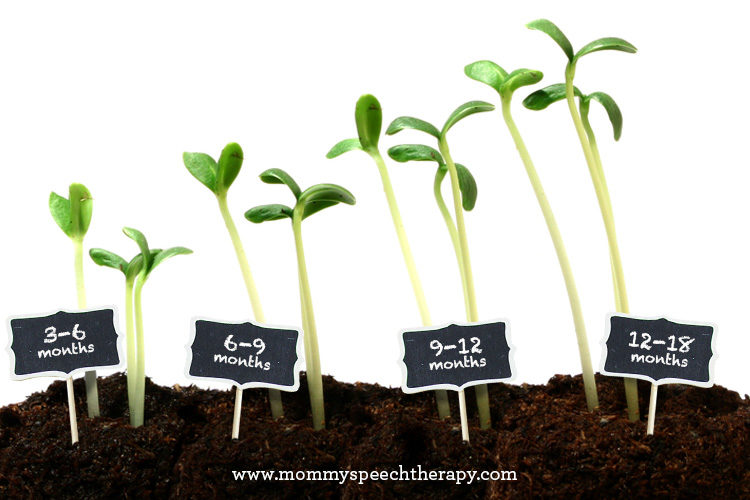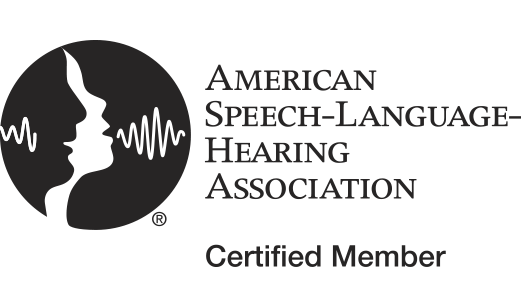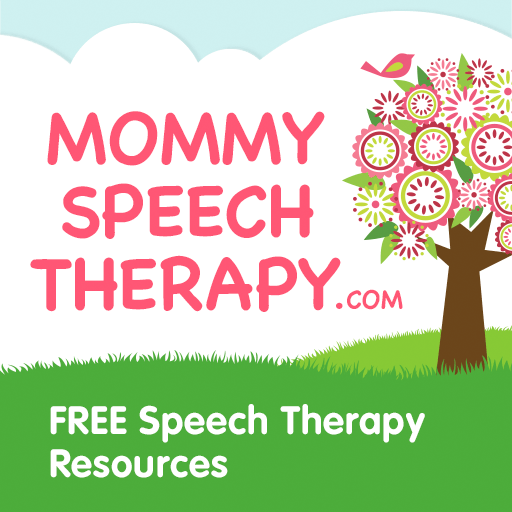One of the most common questions I hear from parents is “How much language should my child be using for their age?” As our children grow up, there are certain “communication milestones” that we can watch for which will help us know how they are developing. I thought it would be helpful to go over some of these briefly.
The following is a list of communication milestones taken from Linguisystems, Inc.
3-6 months
- Smiles spontaneously to human contact
- Smiles when playing alone
- Smiles at faces of several family members
- Stops crying when spoken to
- Shows different responses to different family members
6-9 months
- Responds to Come here
- Becomes more outgoing with familiar people
- Shows anxiety when separated from favorite caregiver
- Likes to be with specific people
9-12 months
- Reacts to others moods
- Is fearful of strangers
- Can tolerate momentary loss of contact with caregiver in unfamiliar places
- Shows off to get attention
12-18 months
- Has an expressive vocabulary of between 5-20 words
- Is aware of the value of communication
- Follows simple directions, especially with gesture
- Practices intonation, sometimes imitating an adult
- Uses mostly nouns with a few others, such as down or up
- Uses much, meaningful jargon with inflection and emotion
19-24 months
- Names common objects
- Uses two or three more prepositions such as on, in, or under
- Uses noun + verb consistently
- Family understands about 2/3 of what child says
- Receptive and expressive vocabulary is about 150-300 words
- Rhythm and fluency of speech is poor
- Control of pitch and volume is poor
- My and mine emerging (like a vengeance!)
- Follows commands, such as Show me your nose
25-36 months
- Uses I, you, and me correctly
- Uses some plurals and past tenses
- Knows principle body parts
- Uses three-word sentences
- Has about 900 words
- Family understands about 90% of what child says
- Verbs emerge quickly
- Understands and responds to questions dealing with immediate environment
- Tells about his experiences
- Can answer thinking questions, such as What do you want when you’re thirsty?
- Gives name, age, and gender
- Understands much more than he expresses
4 years
- Knows names of animals
- Uses at least four prepositions
- Knows some colors
- Can repeat four digits when given slowly
- Can repeat a four-syllable word
- Knows contrasts such as larger and longer
- Follows directions when desired object is not in sight
- Repeats many words, phrases, syllables, and sounds
- Loves make-believe and takes on multiple roles during play
- Talks extensively during play by himself or with others
5 years
- Uses adjectives and adverbs extensively in conversation
- Knows opposites such as on-off, big-little, heavy-light, and soft-hard
- Counts to ten
- All speech should be intelligible, but articulation errors may persist
- Can repeat sentences as long as nine words
- Can define common words, such as shoe, chair, hat, and bird
- Can follow three-stage commands without help
- Understands simple time concepts, such as morning, later, and tomorrow
- Verbal language is generally correct
- Uses long sentences, including some compound and complex constructions
Keep in mind that this chart represents typical language development, and you can use this as a “barometer” of sorts to measure where your child is with their communication. There is a wide range of normal development, so there is some room for growth within these age brackets. However if you find that your child is falling significantly behind in regards to these age brackets it may be a good idea to have them evaluated by a Speech-Language Pathologist.
You can download the PDF file of this list here.






11 Comments